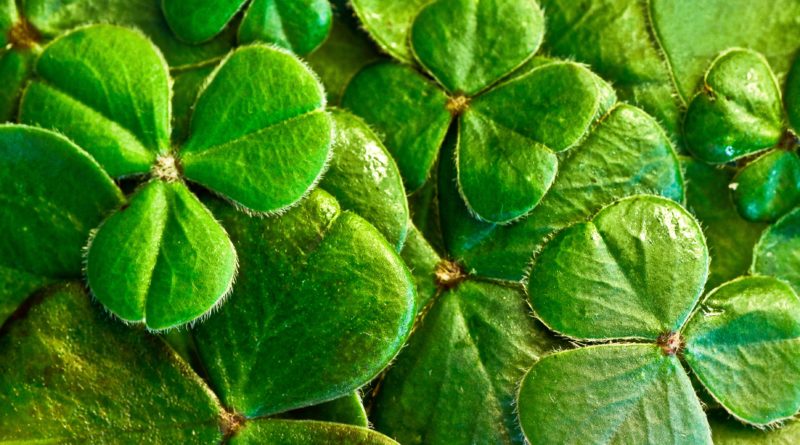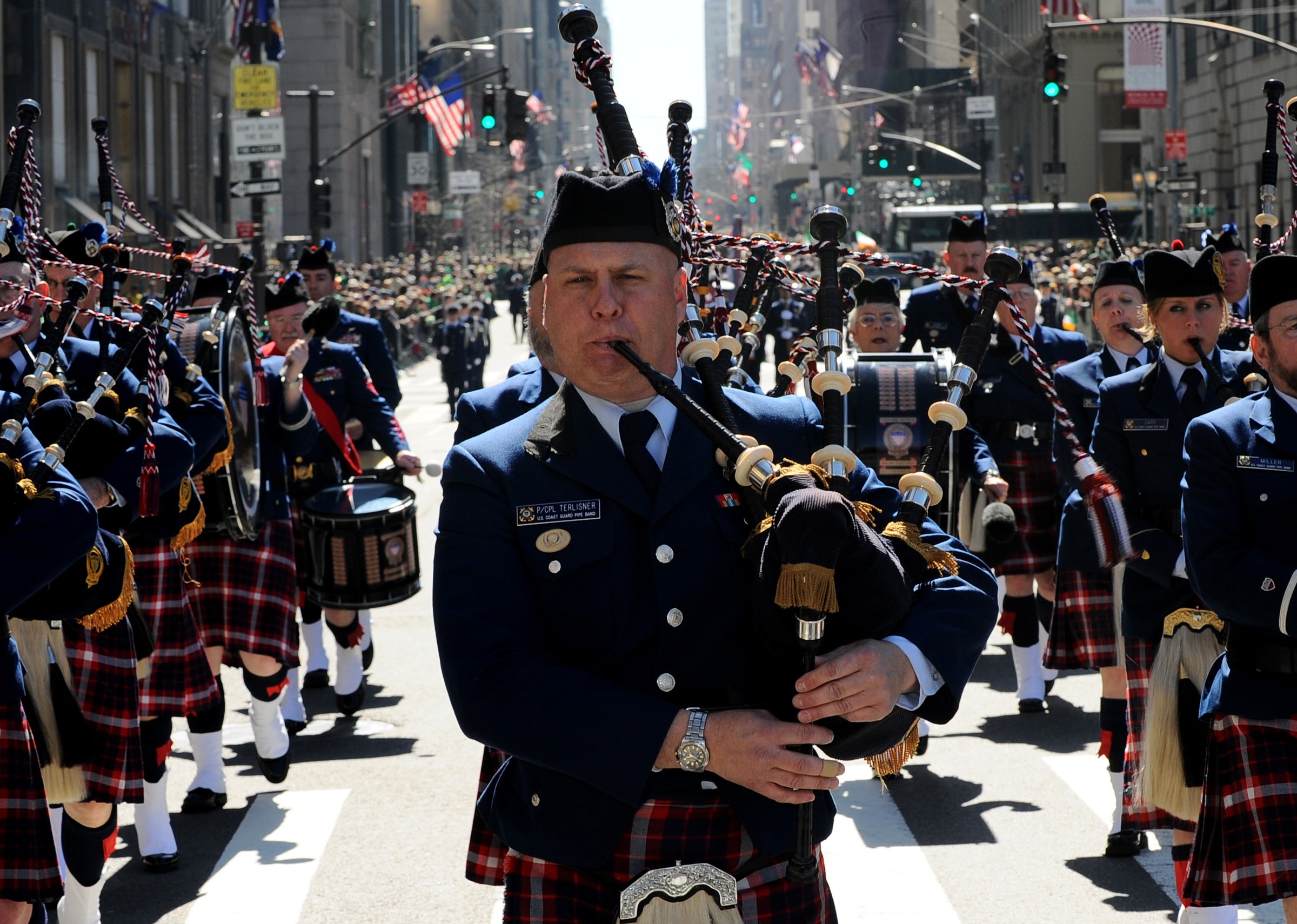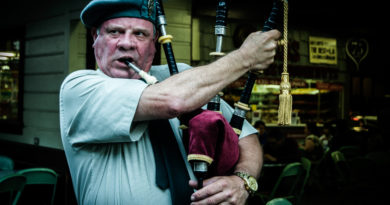7 Surprising Facts About St. Patrick’s Day
On March 17th, we wear green, drink exuberantly and celebrate Irish pride, because everyone’s a little Irish on St. Patrick’s Day!
Have you ever wondered, though, why we do the things we do on St. Patrick’s Day? I did some dinging and was shocked with what I found.
Here’s what I found to be the most interesting facts in regards to the origins of this wonderful day:
- St. Patrick’s color was a light blue, not green.
St. Patrick is portrayed in tapestries and stained glass wearing blue. Apparently though, way back in the day, when England and Ireland weren’t so friendly and Catholics hated Protestants, the English made the flag of Ireland blue with a golden harp on it (this now happens to be the Presidential Flag of Ireland). The Confederation of Ireland, who rebelled against the Protestant King in 1798, used the green clover as a symbol of nationalism while the wearing of green on lapels was considered regular practice. This, in addition to the fact that Ireland has been referred to as the Emerald Isle for eons, are the two possible reasons as to why St. Patrick’s day now favors the color GREEN.
2. St. Patrick is not Irish.
He was actually born in Bannavem Taberniae, Britain (Roman Britain, at the time, before it was considered Whales) and lived a good life with servants because his father was a town councilor. He was abducted as a teenager by Irish raiders, and made a slave in Ireland for six years. He herded sheep during this time until his escape back to Britain, at which point, he was a young man. He was then ordained and sent to Ireland to spread Christianity, eventually becoming the first Bishop of Ireland. He passed away on March 17th, 461, in Saul, Downpatrick, Ireland, where he had built his first church.
3. There were no snakes in Ireland for St. Patrick to drive out.
It’s considered more a metaphor referring to St. Patrick driving out the non-Christians, a.k.a. the heathens.
4. His name wasn’t Patrick?!
This one is up for debate, but legend has it his actual name was Maewyn Succat. He changed his name to Patricicus, which is Latin for “father figure,” when he was ordained as a priest.
5. The first St. Patrick’s Day parade was in America
Before the United States existed, in 1762, Irish soldiers serving in the English military marched through New York City on March 17th, making it the first official St. Paddy’s Day parade. This later became a show of unity and strength for the persecuted Irish-Americans.
6. An Irish Franciscan friar named Luke Wadding kept the holiday alive.
He would kept the Feast of St. Patrick going year after year, but in solemnity, causing it to eventually be included into the calendar of the Universal Church.
7. Irish bars were kept closed on St. Patrick’s day until 1961.
This is a wee bit hard to believe; would love to hear from an old, wise Irishmen or women who was alive back in those days. Supposedly though, due to Ireland’s extreme Catholicism, St. Patrick’s day was considered a little too sinful for Lent, the other Christian holiday that tries to keep Christians on their best behavior.
Seven is quite the lucky number so I’ll stop there. For more information, check out these links:
10 Things You Didn’t Know About St. Patrick’s Day
Was St Patrick, patron saint of Ireland, a Welshman?
Should We Be Wearing Blue on St. Patrick’s Day?
Have a very happy St. Maewyn’s Day!
Wear blue, act solemn and celebrate the Welsh!






